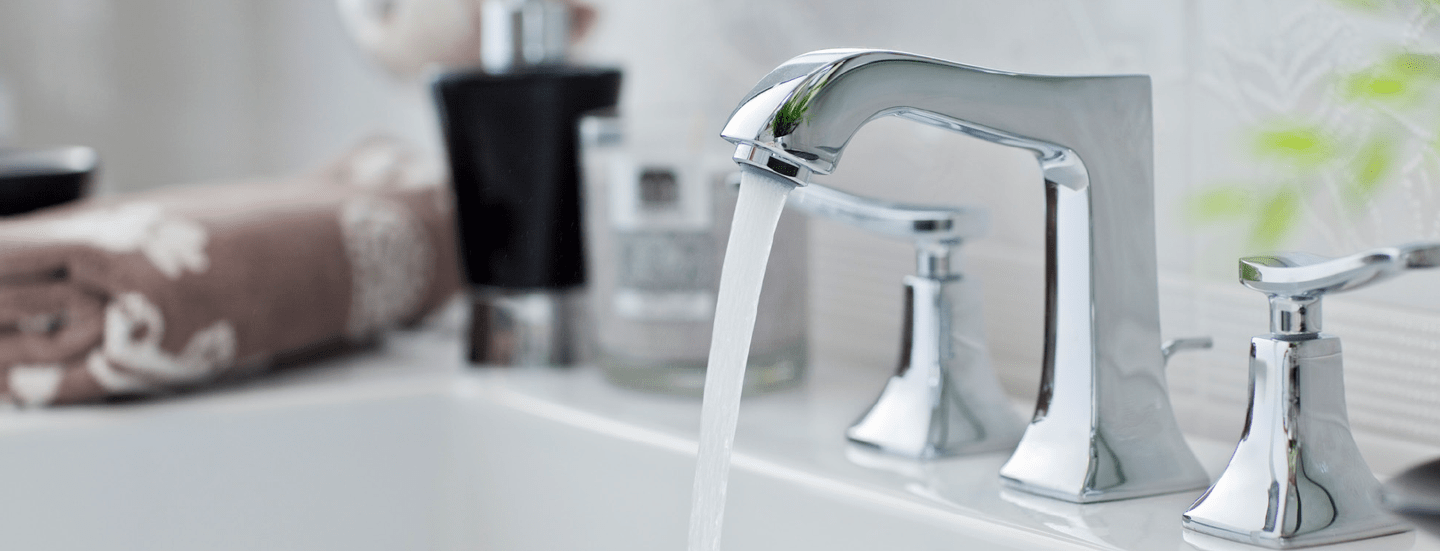HOW DO I LOCATE AND TEST VALVES?
You are ready for any water emergency when you know where the valves are located for all of your faucets and appliances. Plan a family house tour with husband, wife and older children. All should know what to do if water emergencies arise when they are alone in the house.
Start with the main water line valve, which totally controls the flow of water in your home. Find the valve, be sure it operates freely, and apply the tag to the main water line. If it is especially hard to find, place a second tag in a more visible spot. Continue the same procedure with the kitchen. Find the valves below the sink and test to see if they open and close easily. It is especially important to make this check because over a period of time a valve can become “frozen” if not used for years. Usually a wrench applied to the control wheel will free up the valve. Do this carefully to avoid breaking the control head. If the control head wheel just can’t be moved, it is usually best to have it serviced by your plumber. Until this is done, make a mental note to shut off the main water line valve if this section of your plumbing gives you trouble. After moving and freeing the valve, check for possible leaks around the stem. Applying a wrench to the cap or packing nut can stop minor leakage.
Continue the water tour -- the bathroom or bathrooms, water heater, water softener -- every place in the home where water is used. Label all valves with the proper identification tags. To repeat, locating the main shutoff valve is especially important because when closed, it stops all water throughout the house in seconds. Be sure that everyone, including the children, knows where this vital control is located.

